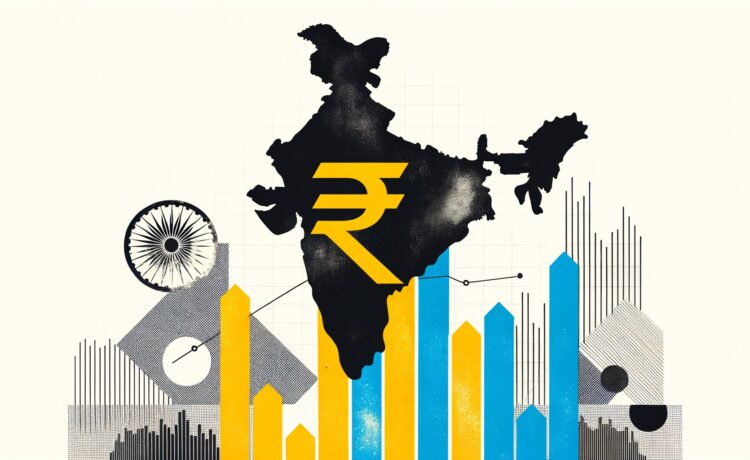What’s going on here?
The Indian rupee gained slightly against the US dollar, influenced by encouraging signals from the Federal Reserve and a stronger showing among its Asian peers.
What does this mean?
As of 11:00 a.m. IST, the rupee stood at 83.70 against the US dollar, a modest improvement from its previous close of 83.72. This comes after the rupee fell to a record low of 83.7450 earlier in the week. While Asian currencies were generally up by 0.1% to 0.8%, the US dollar index saw a 0.4% dip, settling at 104. However, dollar buying by importers and local oil companies limited the rupee’s gains. The market still leans towards mild depreciation, with the rupee unlikely to break past 83.60 without substantial inflows, as noted by a forex trader from a state-run bank. Meanwhile, Federal Reserve Chair Jerome Powell’s comments indicated a potential rate cut in September, bolstering the rupee and other Asian currencies.
Why should I care?
For markets: Navigating slow but steady waters.
Despite the rupee remaining within a narrow range due to Reserve Bank of India’s active intervention in the forex market, there’s a silver lining. The RBI’s buying and selling of dollars have prevented sharp dips and significant gains, creating a relatively stable environment. Additionally, forward premiums for the dollar-rupee have inched up, with the 1-year implied rate climbing by 3 basis points to reach a near six-month high of 1.88%, aided by a drop in US Treasury yields.
The bigger picture: Global signals and local resilience.
India’s foreign exchange reserves have risen for three straight weeks, clocking in at $670.86 billion as of July 19. Investors are keenly awaiting the US jobless claims data due later today and a critical jobs report for July, set to release on Friday. These factors, coupled with the Fed’s signals and RBI’s forex strategies, are poised to shape the rupee’s trajectory and broader regional financial stability in the near term.
















